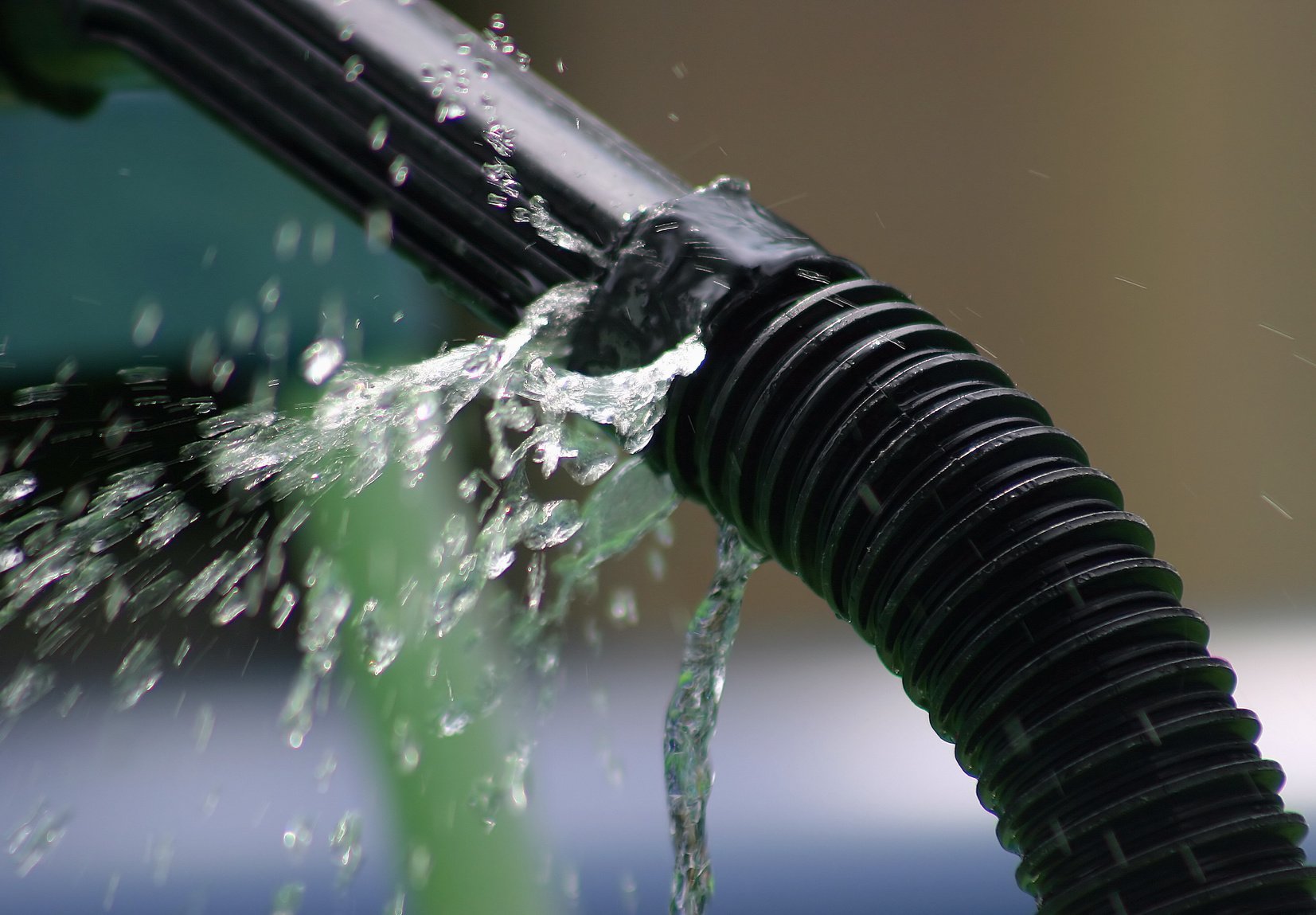Uncover the Most Frequent Causes of Leakage Within Your House
Uncover the Most Frequent Causes of Leakage Within Your House
Blog Article
We've noticed this post on How to detect water leaks in your home listed below on the web and felt it made good sense to write about it with you here.

Leakages not only trigger waste of water yet can additionally create unnecessary damage to your residence and also advertise unwanted natural development. Water leaks might go undetected since many of the pipework in our home is concealed. By looking and recognizing for everyday circumstances that create leaks, you can secure your home from future leaks as well as unneeded damage. Today, we will check out 6 leak triggers that might be creating your pipelines to drip.
Encroaching origins
Many water leakages begin outside the house rather than inside it. You may see wet patches or sinkholes in your lawn, as well as that could imply that tree origins are getting into water lines causing water to permeate out.
Rusty water supply
As time passes by, your plumbing system ages as well as rust such as rust may begin gnawing the pipes. This may be the root cause of staining or bending on your pipes. This requires an examination with your plumber immediately. Consider changing the pipelines because they are at a greater danger of rust than the more recent designs if our plumbing system is old.
Malfunctioning Pipe Joints
The point at which your pipelines connect is often the weakest web link in the waterline. Pipeline joints can weaken gradually, causing water leaks. Regrettably, most of pipeline joints are not easily visible. If you have noisy pipelines that make ticking or banging noises, especially when the hot water is turned on, your pipeline joints are possibly under a lot of stress. It is suggested to have your plumber evaluate your system yearly.
Immediate temperature adjustments.
Extreme temperature changes in our pipelines can create them to increase as well as acquire unexpectedly. This expansion and also tightening may cause splits in the pipelines, particularly if the temperature are below freezing.
Poor Water Connectors
At times, a leak can be created by loose tubes as well as pipelines that supply your devices. In case of a water links leakage, you may see water running directly from the supply line or pools around your devices.
Clogged Drains
Blocked drains might be aggravating and inconveniencing, but they can in some cases end up causing an overflow resulting in rupture pipes. Keep removing any materials that may drop your drains pipes that can block them to prevent such hassles.
All the above are root causes of leakages but not all water leakages arise from plumbing leakages; some leakages might come from roof leakages. All leaks should be repaired immediately to stay clear of water damage.
Leaks not only cause waste of water but can likewise create unneeded damages to your residence and also advertise undesirable natural development. By looking and also understanding for everyday scenarios that trigger leakages, you can secure your home from future leakages and unneeded damages. Today, we will look at 6 leak triggers that might be triggering your pipes to drip.
At times, a leakage can be created by loose hose pipes and also pipelines that supply your home appliances. In situation of a water links leakage, you may discover water running directly from the supply line or pools around your devices.
How To Check For Water Leak In Your Home
How To Check for Leaks
The average household's leaks can account for nearly 10,000 gallons of water wasted every year and ten percent of homes have leaks that waste 90 gallons or more per day. Common types of leaks found in the home are worn toilet flappers, dripping faucets, and other leaking valves. These types of leaks are often easy to fix, requiring only a few tools and hardware that can pay for themselves in water savings. Fixing easily corrected household water leaks can save homeowners about 10 percent on their water bills.
To check for leaks in your home, you first need to determine whether you're wasting water and then identify the source of the leak. Here are some tips for finding leaks:
Take a look at your water usage during a colder month, such as January or February. If a family of four exceeds 12,000 gallons per month, there are serious leaks.
Check your water meter before and after a two-hour period when no water is being used. If the meter changes at all, you probably have a leak.
Identify toilet leaks by placing a drop of food coloring in the toilet tank. If any color shows up in the bowl after 10 minutes, you have a leak. (Be sure to flush immediately after the experiment to avoid staining the tank.)
Examine faucet gaskets and pipe fittings for any water on the outside of the pipe to check for surface leaks.
Undetected water leaks can happen without the home or business owner even realizing. If you suspect a water leak, but not able to find the source. It is time to contact a professional water leak detection service, The Leak Doctor.
How To Find a Water Leak In Your Home
https://www.leakdoctor.com/blog/How-To-Check-For-Water-Leak-In-Your-Home_AE197.html

I'm just very intrigued by Most Common Causes of Leaky Pipes and I really hope you appreciated the entire blog posting. Enjoyed our entry? Please share it. Help somebody else find it. Thank you so much for going through it.
Protect your property, call! Report this page